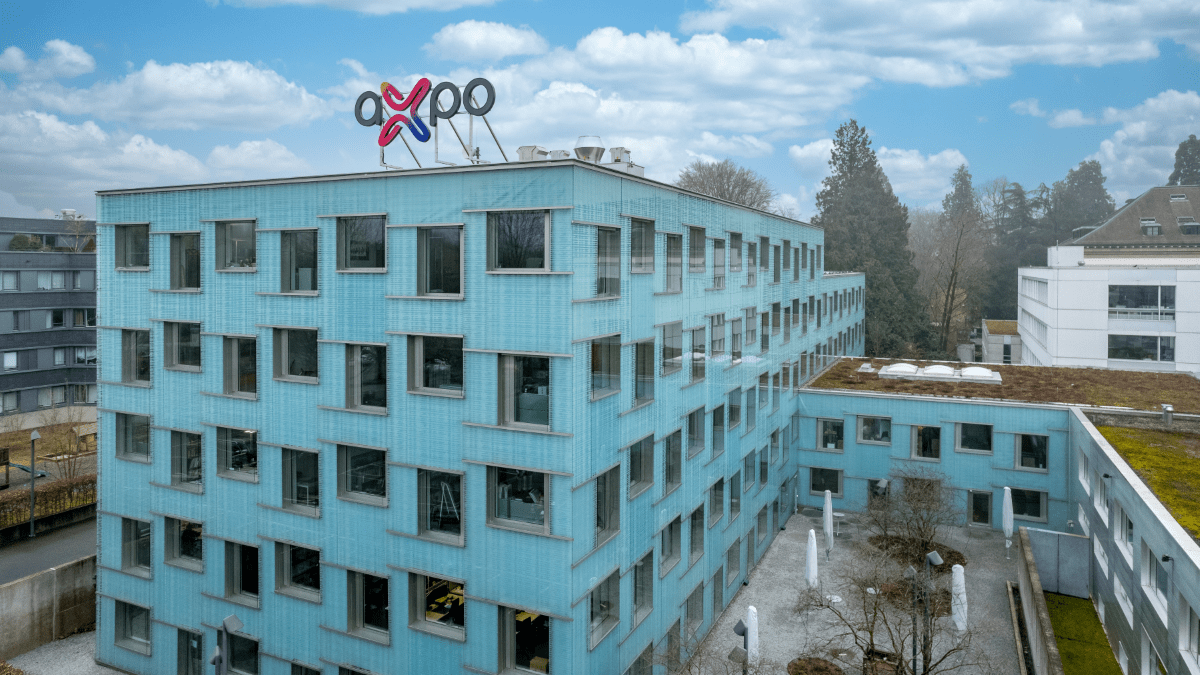21.12.2022 | How trade and production are connected in electricity trading
Supply security: a combination of production, trade and market
Switzerland’s current energy supply has grown historically. The system has been continuously adapted and improved due to technological and social changes. The interaction between trade and production is of fundamental importance. An analysis by Polynomics has come to the conclusion that trading increases not only efficiency, but ultimately also supply security.
Discussion surrounding electricity trading has grown a lot within the context of the energy crisis. The consulting firm Polynomics, which specialises in economic analysis, conducted the study ‘Supply security and efficiency: the role of trading in the Swiss electricity supply system’, which shows how the current energy system came about, how it works and what role electricity trading plays in supply security and the efficient exchange of energy.
The system changes from monopoly to trade
With the growing demand for electricity due to industrialisation, the Swiss-wide integrated grid system, in which energy could be produced centrally and distributed over a large area, began developing as of 1920. After the Second World War, a European integrated grid system was set up in 1958 by connecting the German, French and Swiss grids through the ‘Star of Laufenburg’. Electricity supply in Europe was secured by monopolies until the 1990s. The harmonisation and liberalisation of the EU’s internal energy market followed in 1996. The partial market liberalisation in Switzerland then followed in 2009. As a result of liberalisation, which enabled business and private customers to choose their own energy suppliers, consumption fluctuations were no longer compensated for by individual suppliers and trading activities arose.
Why the market is needed
Electricity supply is based on physical conditions that require the production and consumption of electricity to be balanced at all times. In the event of deviations, the electricity grid could collapse, leading to the risk of a blackout. Fluctuations in production and consumption must therefore be balanced out, which is possible in a transparent market. Let’s explore how this works. While electricity consumption cannot be controlled, production can be regulated through trade. If there is insufficient electricity, more can be produced or electricity can be bought. A surplus of energy can be offset by producing less or selling electricity. Both are based on price signals. Options are weighed according to the marginal cost of production and its relationship to the current market price.
What are the benefits of trading?
Trade enables producers to use power plants efficiently. Furthermore, producers can operate production facilities profitably, which creates investment incentives. This means that more electricity is produced in the long term. Due to the market price, the electricity is produced when it is needed and purchasing can make up for lacking capacities where necessary. Consumers thus benefit from a cost-efficient and reliable electricity supply system.
A secure and efficient electricity supply requires electricity trading. Without trade, consumer prices would rise and greater power plant capacity would need to be built. ‘The regional, national and international exchange of energy makes it possible for electricity to be available in Switzerland at any level and at any time, regardless of the season’.
To the study
To the energy market dossier




